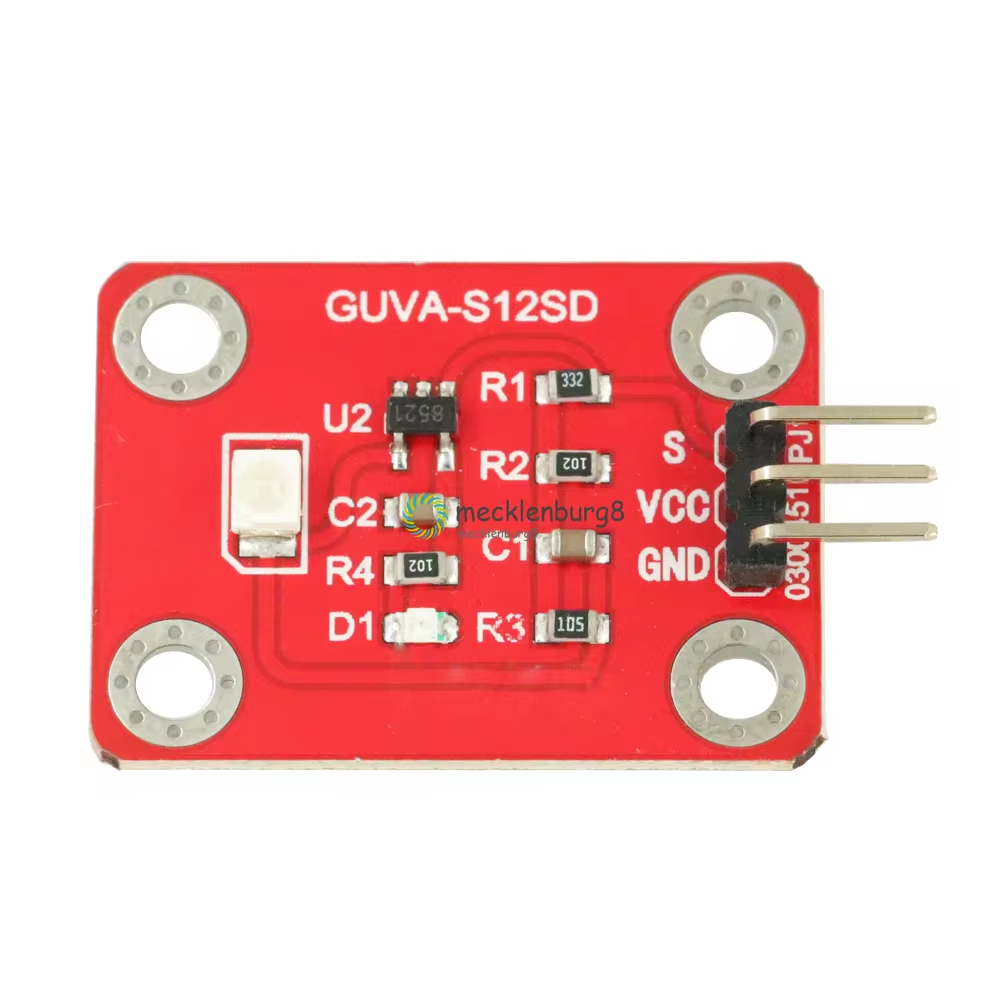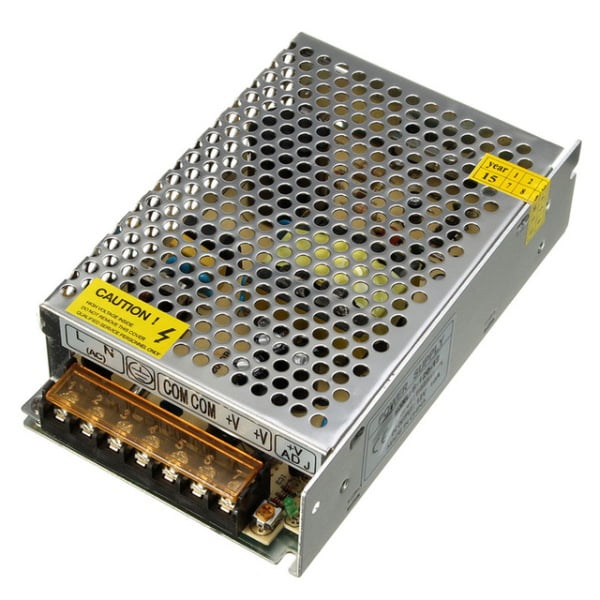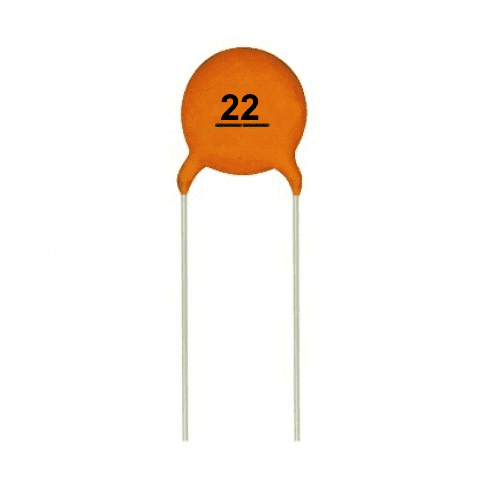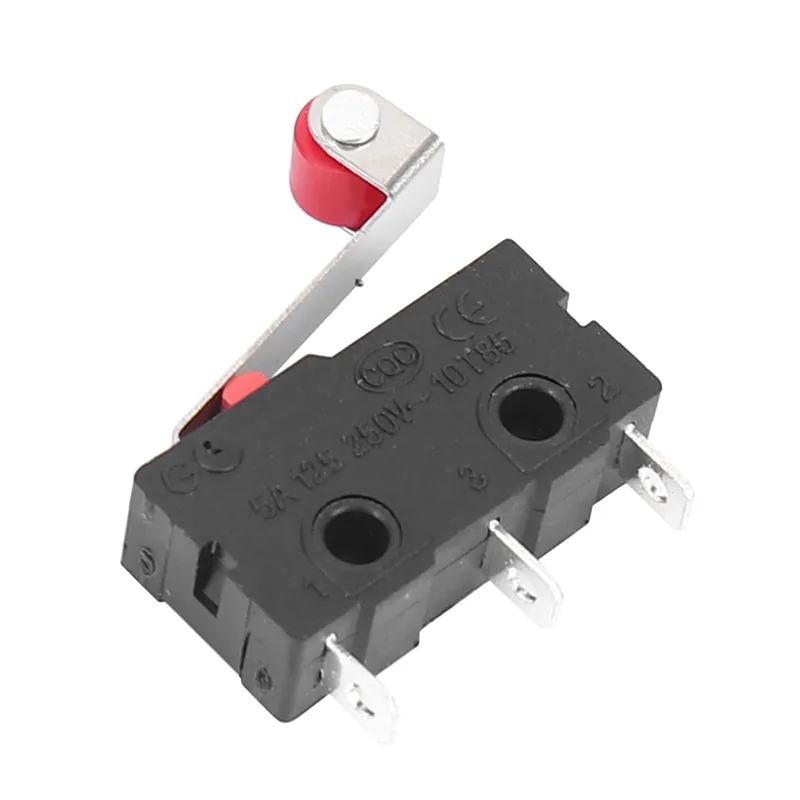🌞 Product Description
The GUVA-S12SD UV Light Sensor Module is an analog ultraviolet (UV) sensor designed for detecting UV radiation in the 240–370 nm wavelength range, encompassing UVB and most of the UVA spectrum. This module is ideal for applications such as UV index monitoring, environmental sensing, and wearable UV detection devices.Paradisetronic.com+5Whadda+5Arduino Forum+5
Featuring a Schottky-type photodiode, the sensor provides a linear analog voltage output proportional to the UV intensity. An onboard operational amplifier boosts the signal to a usable voltage level, simplifying integration with microcontrollers like Arduino. Operating within a voltage range of 2.5V to 5V, the module is compatible with both 3.3V and 5V systems.Adafruit+5Hackster+5HALJIA+5
The GUVA-S12SD’s compact size (11mm × 27mm) and low power consumption make it suitable for portable and battery-powered applications. Its high sensitivity and stability ensure accurate and reliable UV measurements over time.HALJIA+1Amazon+1
📊 Specifications
-
Sensor Type: Schottky-type photodiode
-
Detection Wavelength: 240–370 nm (UVB and UVA)
-
Output Signal: Analog voltage (0–1 V)
-
Operating Voltage: 2.5V to 5V
-
Current Consumption: Microampere level
-
Dimensions: 11mm × 27mm
-
Field of View: Approximately 130 degrees
-
Operating Temperature: -20°C to 85°C
-
Applications: UV index monitoring, environmental sensing, wearable UV detectionarduinolearning.com+10Hackster+10HALJIA+10TRONIC.LK+7jameco.com+7Hackster+7hackaday.io+4Adafruit+4Whadda+4Amazon+1HALJIA+1HALJIAWhadda+2TRONIC.LK+2HALJIA+2
🔌 Arduino Integration
The GUVA-S12SD sensor outputs an analog voltage that can be read using the Arduino’s analog input pins. The following example demonstrates how to interface the sensor with an Arduino Uno:Hackster+1instesre.org+1Cirkit Designer Tutorials
Wiring:
-
Sensor VCC → Arduino 5V
-
Sensor GND → Arduino GND
-
Sensor OUT → Arduino A0
Sample Code:
This code reads the analog voltage from the sensor, converts it to a voltage value, and estimates the UV index based on the sensor’s output characteristics. Note that the UV index calculation is an approximation; for precise measurements, refer to the sensor’s datasheet and calibration curves.











